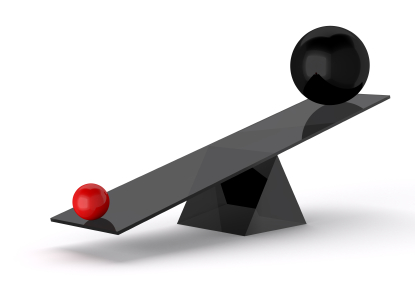Policies to correct a balance of payments disequilibrium
Syllabus: Explain the methods that a government can use to correct a persistent current account deficit, including
expenditure switching policies,
expenditure reducing policies and
supply-side policies to increase competitiveness.
Evaluate the effectiveness of the policies to correct a persistent current account deficit.
 There are three types of policy to correct a balance of payments deficit. They are:
There are three types of policy to correct a balance of payments deficit. They are:
1. Expenditure-switching policies - these are policies that are aimed at encouraging people to switch their spending from imported goods to domestic goods.
These policies include tariffs
and protectionism in general and manipulation of exchange rates to
change the relative prices of imports.
In the past, countries have used marketing measures to promote the buying of national goods and services.
2. Expenditure-reducing policies - these are policies that aim to reduce domestic expenditure and therefore reduce the level of imports.
The main expenditure-reducing policies are deflationary monetary and fiscal policies.
These include increasing
direct tax, cutting government expenditure or increasing interest rates
(You may be asked to analyse this - use AD/AS analysis)
The impact of these policies would be to reduce the level of aggregate demand and therefore the demand for imports. The extent of this improvement will depend on the income elasticity of demand for imports. The higher the income elasticity, the greater the improvement there will be in the current account.
3. Supply Side policies-aimed at improving the competitiveness of domestic firms. Supply side policies include QQI which is as you already know increasing the Quantity and/or Quality of Factors of Production and increasing the Infrastructure of the economy.
Letīs do Some Economics
Read the article 'Buy Brazilian Actī and then answer the questions below.
- Summarise what the Act is
- How does the Act work to reduce a current account deficit?
- Evaluate if the Act successful
http://thebrazilbusiness.com/article/buy-brazilian-act

